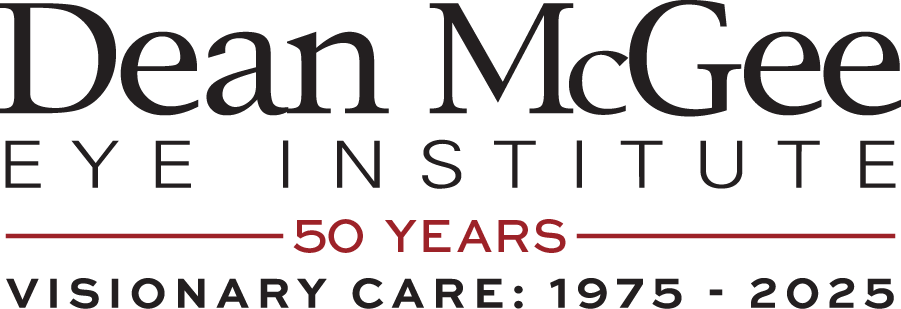
Innovation Series: Expanding access to eye care, advice for aspiring innovators from DMEI ophthalmology residents (part 3)

In this final episode, DMEI’s residents share their future plans for expanding the device capabilities and offer practical advice to other up-and-coming creators in eye care technology.
In this third of an exclusive three-part Ophthalmology Times EyePod podcast series on innovation, we continue our discussion with Jibran Sharieff, MD (PGY-2), and Brandon Kingrey, MD (PGY-3), who are residents at the Dean McGee Eye Institute (DMEI)/University of Oklahoma Department of Ophthalmology in Oklahoma City. They recently won second place at the Eyecelerator competition held before this fall’s American Academy of Ophthalmology conference in Chicago, receiving a $15,000 prize—the first such prize awarded to residents—for their development of a smartphone device designed to take fundus images.
The innovators behind a new smartphone device for capturing fundus images are focused on expanding its functionality and accessibility. Currently designed for undilated pupils, they aim to broaden the field of view and make the device compatible with various smartphones, including Samsung models. Plans include partnering with established manufacturers for FDA approval and exploring AI integration for enhanced analysis capabilities. They envision the device being used not only by ophthalmologists but also by ER doctors, primary care physicians, and neurologists, making optic nerve examination more accessible. Clinical trials with the Dean McGee Eye Institute are under way to validate its use.
For fellow residents and young ophthalmologists, the innovators advise finding small, impactful problems to solve and embracing iterative, hands-on experimentation. They stress the importance of simple, practical solutions in innovation, balancing clinical responsibilities with project work by choosing tasks that feel enjoyable rather than burdensome.
Newsletter
Don’t miss out—get Ophthalmology Times updates on the latest clinical advancements and expert interviews, straight to your inbox.
















































.png)


